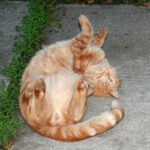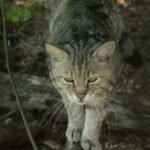Have you ever wondered why cats seem to float through life with a sense of effortless grace, while dogs, though lovable, can sometimes seem a bit, well, clumsy? Cat lovers have long suspected their feline friends possess a certain mastery over the ordinary that dogs just can’t match. From their mysterious independence to their downright hilarious antics, cats have found ways to outshine dogs in the day-to-day. Prepare to be surprised, amused, and maybe even a little envious as we explore the 10 things cats handle far better than dogs in everyday life—and, as you’ll soon see, the list goes well beyond just looking cute on the internet!
Grooming Themselves Meticulously

Cats are the undeniable champions of self-grooming. With their sandpaper tongues and flexible bodies, they spend hours each day cleaning every inch of themselves. Unlike dogs, who often need regular baths and grooming by their humans, cats keep their fur soft and shiny with little outside help. This constant attention to cleanliness means they rarely smell bad. Watching a cat groom is almost meditative—they move with slow purpose, carefully cleaning between their toes and behind their ears. You might even notice them cleaning after you pet them, as if to say, “Thanks, but I’ve got this.” No matter the mess, cats always seem to emerge looking flawless, making grooming one daily task they absolutely dominate over dogs.
Navigating Tight Spaces
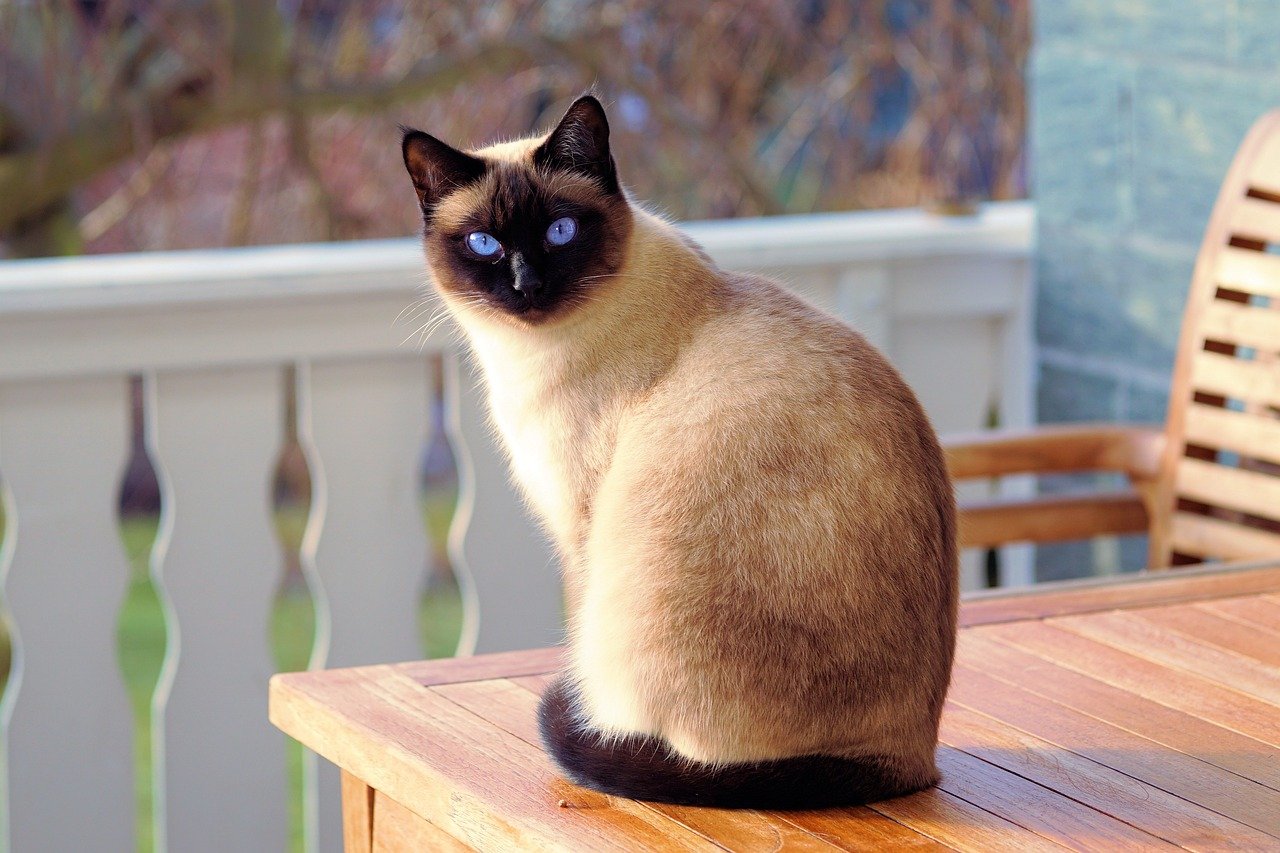
Ever seen a cat disappear into a gap barely wider than a paperback book? Cats are experts at squeezing into the tiniest nooks and crannies, thanks to their flexible spines and collarbones that aren’t actually connected to their other bones. Dogs, on the other hand, often get stuck or simply can’t fit. Cats use this skill to explore, hide, or just find a cozy spot for a nap. It’s as if their bodies are made of liquid, flowing effortlessly into places that seem impossible. This talent isn’t just entertaining—it also helps them hunt or escape danger in the wild. So, while your dog might struggle under the sofa, your cat is already halfway inside, ready for her next adventure.
Dealing with Alone Time

Cats are famous for their independence. While dogs may whine or become anxious when left alone, most cats are perfectly content to spend hours solo. They often relish the peace and quiet, using the time to nap, observe the world from a window, or play quietly with a favorite toy. This makes cats ideal for people with busy lives, as they don’t require constant attention to be happy. A cat might greet you with a slow blink or a stretch when you come home, but you’ll never face the guilt-inducing drama some dogs put on after a few hours apart. Cats simply know how to handle solitude with elegance and ease.
Mastering the Art of the Nap

If sleeping were an Olympic sport, cats would take gold every time. It’s not unusual for a cat to sleep 16 hours a day or more, curling up in the funniest or most unexpected places. While dogs enjoy a good snooze, they tend to be more restless and are easily disturbed by noises. Cats, on the other hand, can sleep through just about anything, and they wake up ready to pounce at a moment’s notice. They choose their napping spots carefully, often picking the sunniest or coziest locations, and can turn any surface into a personal bed. Their ability to truly relax and recharge is something we could all learn from.
Staying Silent When Needed
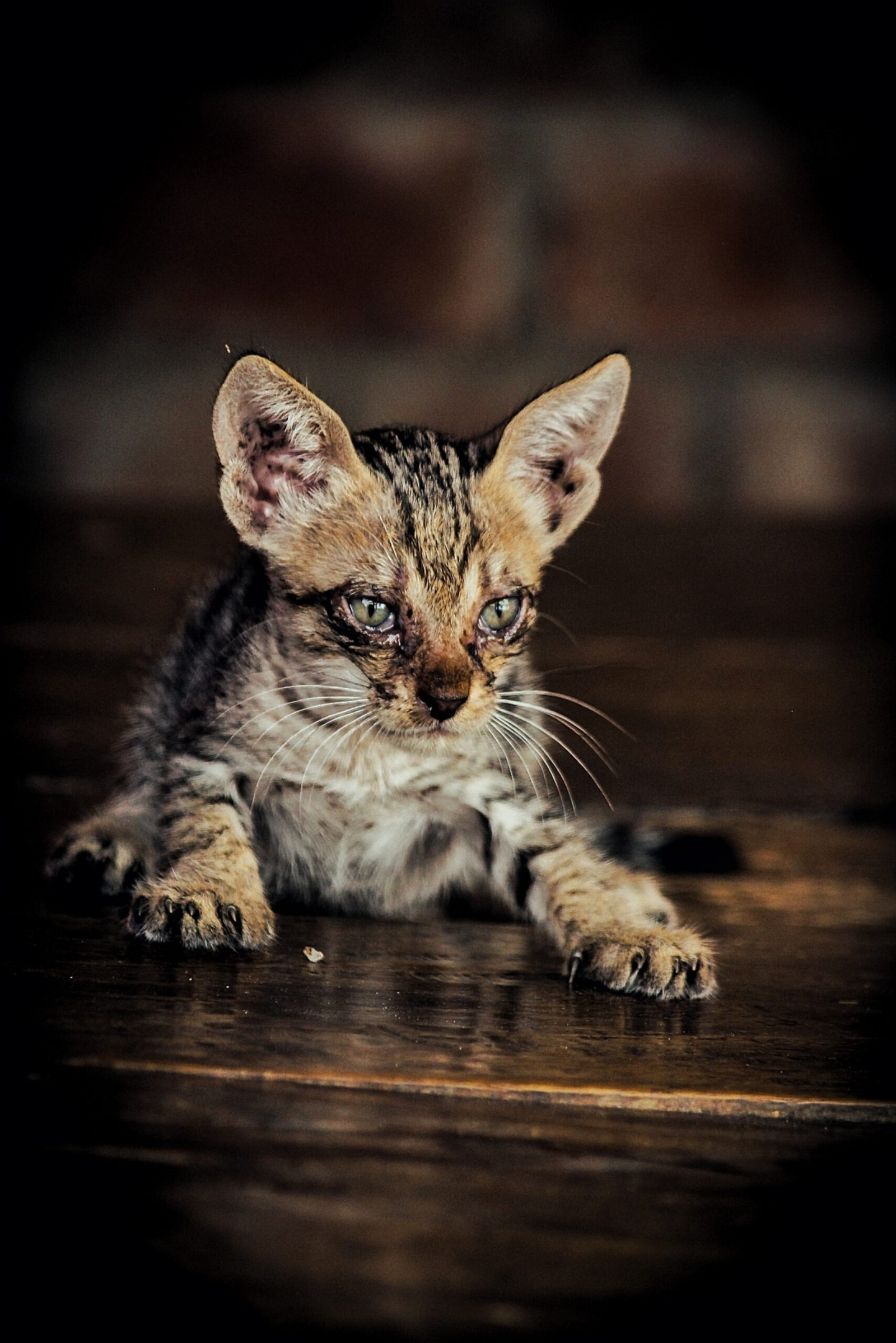
One of the most surprising things about cats is just how quiet they can be. Cats are masters of stealth, able to move around a house without making a sound. Their soft paw pads and careful movements mean they can sneak up on you—or their favorite toy—without anyone noticing. Dogs, with their clumsy paws and wagging tails, usually announce their presence wherever they go. Whether they’re on the hunt or just avoiding a noisy vacuum, cats know when silence is golden. This quietness also means they’re less likely to disturb neighbors, making them perfect for apartment living.
Keeping Themselves Entertained
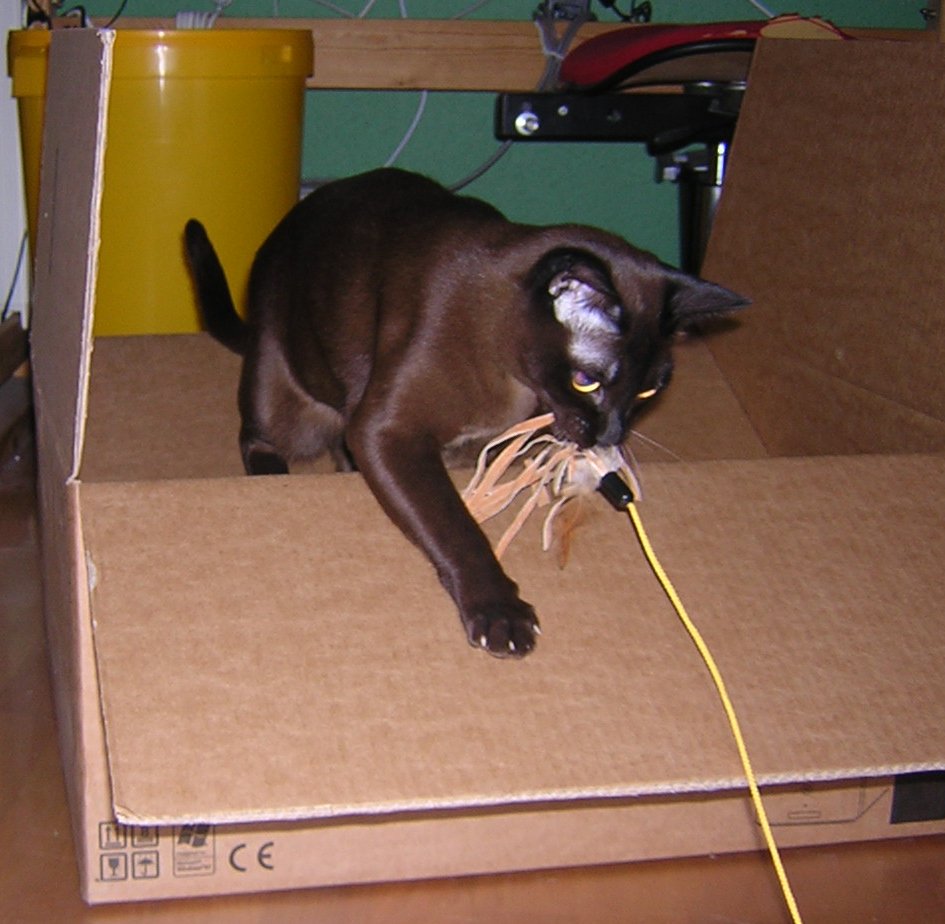
Give a cat a paper bag or a cardboard box, and you’ve given them hours of entertainment. Cats are endlessly curious and can turn the simplest objects into fascinating toys. They don’t always need humans to play with them—though they certainly enjoy the interaction. Dogs, on the other hand, often look to their owners for fun and stimulation. Cats will chase a sunbeam, pounce on a shadow, or invent their own games. Their playful independence is both adorable and impressive. It’s almost as if they have a private world of fun we can only glimpse from the sidelines.
Maintaining Personal Hygiene
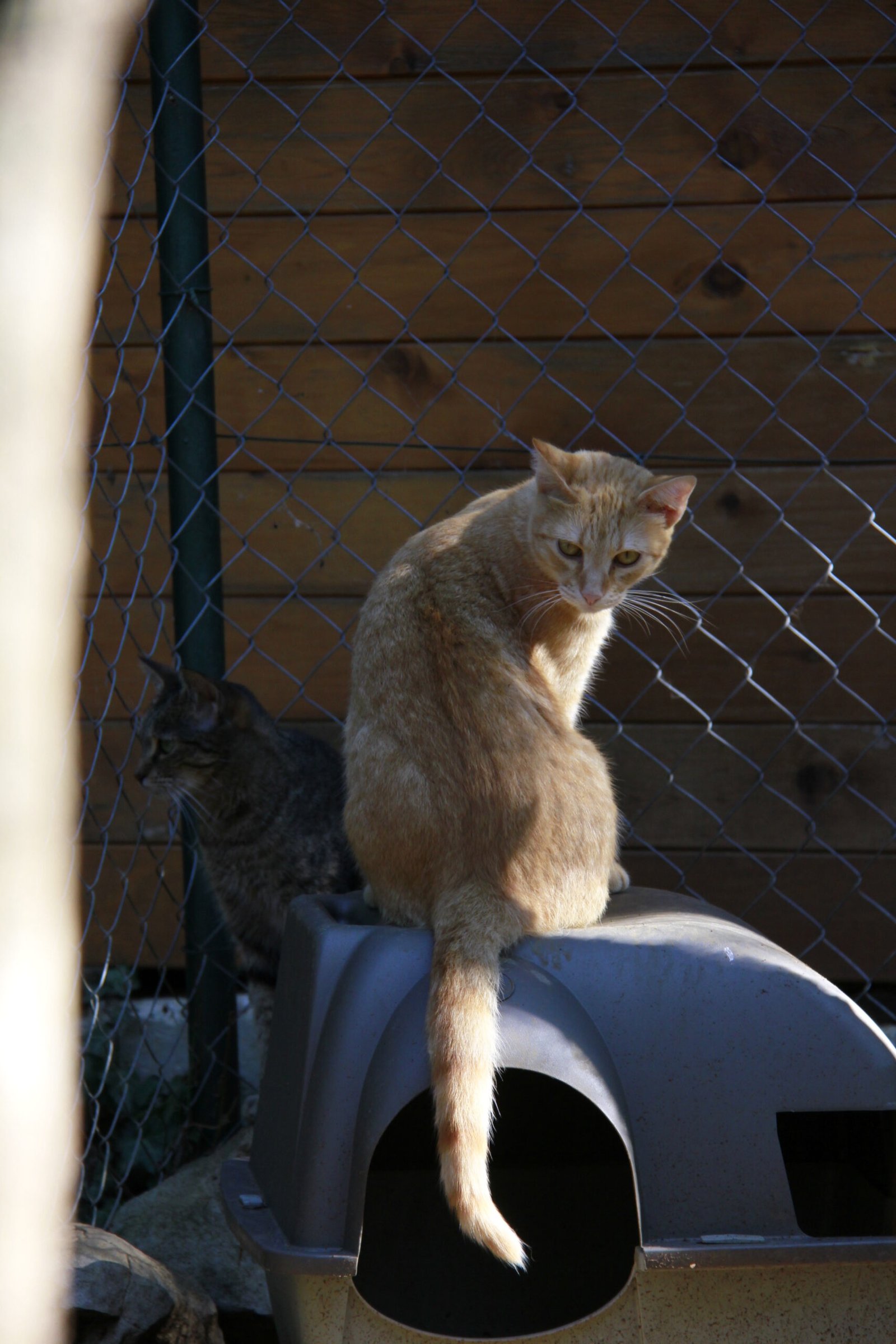
Cats are fastidious about their litter box habits. It’s rare to find a cat that isn’t picky about where it does its business. They instinctively cover up after themselves, keeping their living spaces tidy and odor-free. Dogs, meanwhile, need to be walked, sometimes at inconvenient times, and may not always be as discreet. Cats’ ability to handle their hygiene so neatly makes them low-maintenance in this department. Their self-sufficiency in the bathroom department is a relief for many pet owners, especially those living in urban areas.
Handling High Places

Cats have an extraordinary ability to climb and balance on high or narrow surfaces. From the top of the bookshelf to the kitchen cabinets, no spot is too challenging for a determined feline. Their strong back legs and sharp claws make scaling obstacles a breeze. Dogs, even the most agile breeds, rarely match this level of athleticism and often need help if they get somewhere high. Cats use these skills for fun, safety, and exploration, making the world their playground. Watching a cat leap gracefully onto a ledge is like witnessing a tiny acrobat in action.
Reacting Calmly to Loud Noises

While both cats and dogs can be startled by sudden loud noises, cats typically recover much more quickly. After an initial jump or dash under the sofa, most cats will return to their normal selves in minutes. Dogs, especially those prone to anxiety, may bark, whine, or even become destructive when frightened. Cats’ ability to assess a situation, decide it’s not a threat, and move on is impressive. It’s as if they have a built-in reset button that helps them regain their composure, no matter what’s going on around them.
Keeping Cool in Hot Weather
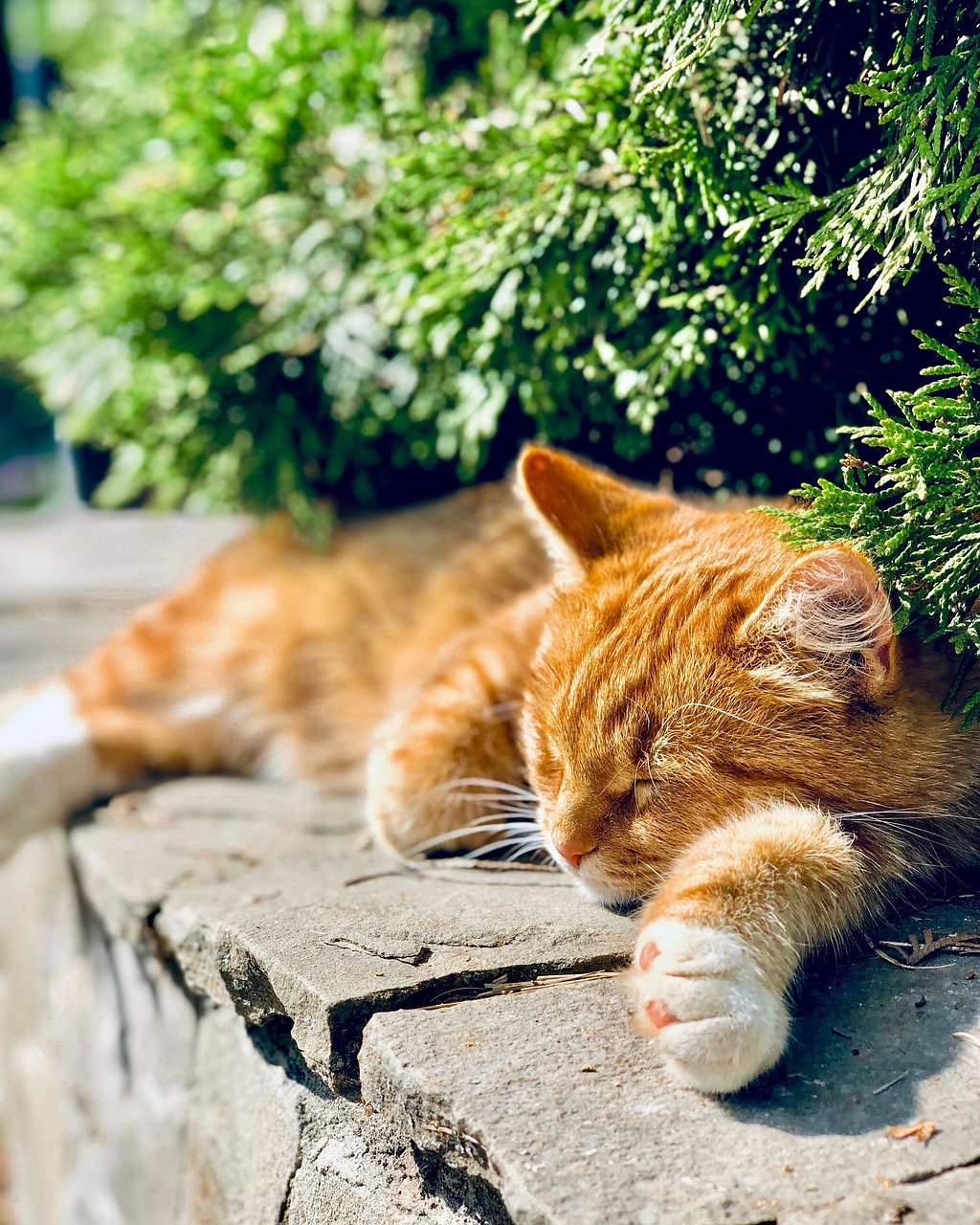
Cats are surprisingly good at regulating their body temperature. With their desert ancestry, they know how to seek out cool spots, minimize movement, and conserve energy during the heat of the day. You’ll often find them sprawled on tile floors or hidden in shady corners, staying cool without needing much help. Dogs, on the other hand, can struggle in the heat, panting heavily and often requiring extra care to stay safe. Cats’ natural ability to handle hot weather with minimal fuss is yet another way they seem to have everyday life figured out.
Communicating Subtly and Effectively
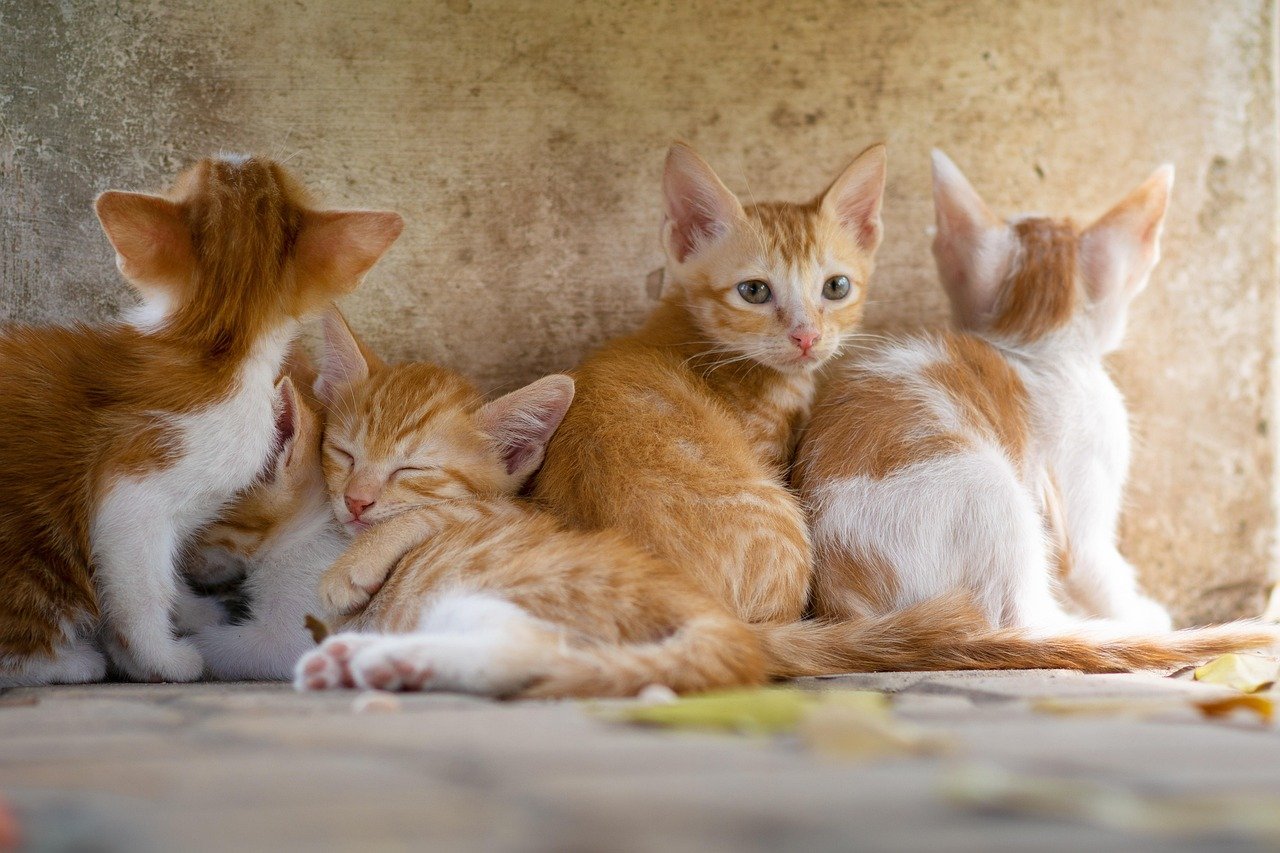
Cats have a whole language of their own, using body language, tail flicks, ear positions, and even slow blinks to communicate. While dogs are more overt with their barks and tail wags, cats’ messages are nuanced and sometimes mysterious. A cat’s slow blink, for instance, is a sign of trust and affection, while a flicking tail might mean irritation. Learning to read these signals deepens the bond between cat and owner. Cats’ subtle communication allows them to express their feelings without making a scene, revealing a level of emotional intelligence that can be surprising for such quiet creatures.
Staying Clean After Meals
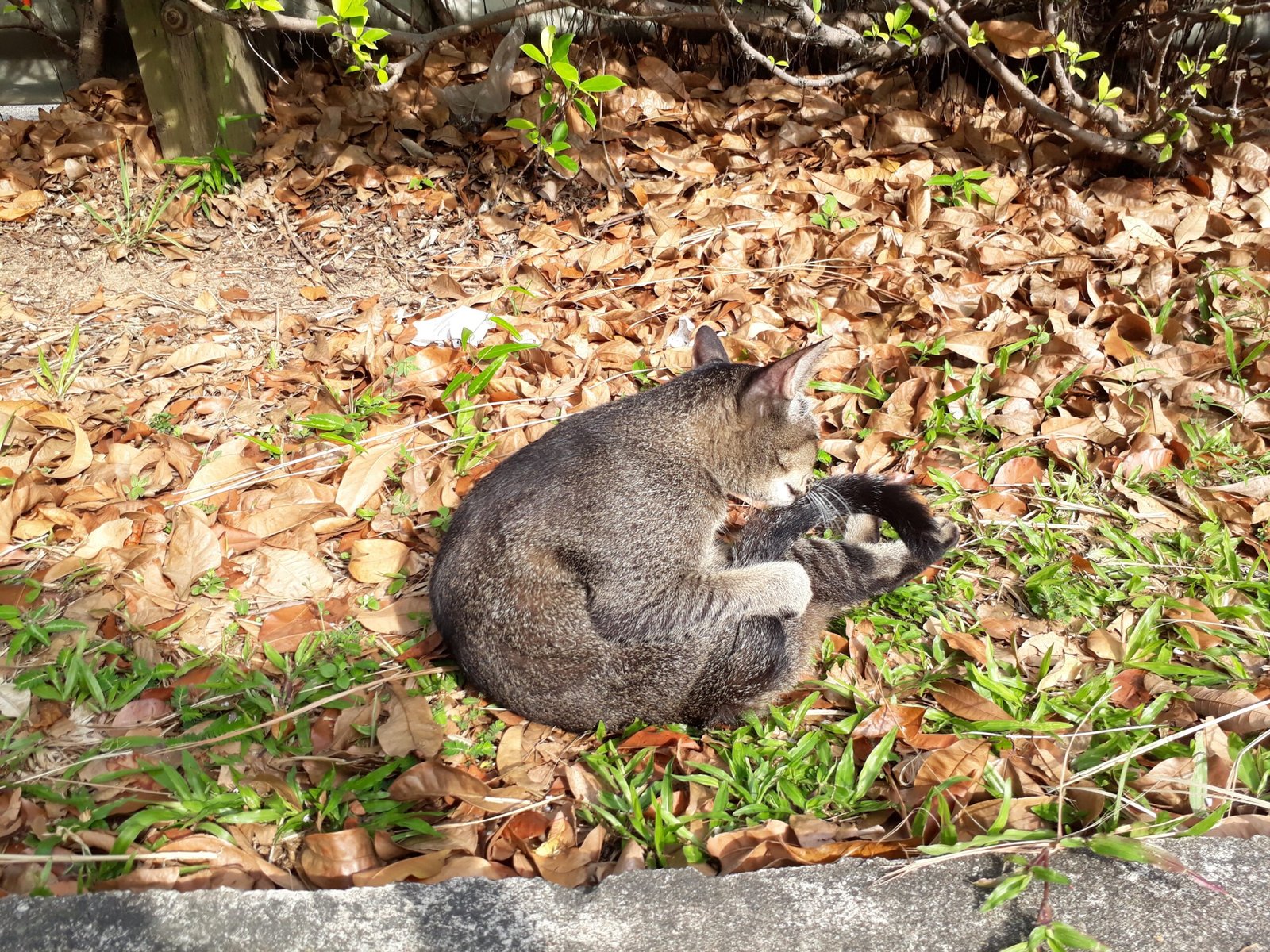
After finishing a meal, most cats will immediately start grooming themselves, ensuring there’s no trace of food left on their face or paws. This not only keeps them clean but also prevents them from attracting unwanted attention from other animals. Dogs, however, are often messier eaters, sometimes leaving behind crumbs or drool. Cats’ dedication to post-meal cleaning is just another sign of their pride in appearance and their instinct for keeping things tidy. This meticulousness sets them apart in the animal world.
Adapting to Small Living Spaces

City dwellers know that cats make fantastic apartment pets. Their ability to entertain themselves, use a litter box, and nap in any available space makes them perfectly suited to small homes. Dogs, especially larger breeds, often need more room and outdoor access. Cats can turn a tiny studio into a palace, finding comfort in boxes, baskets, or even a sunny windowsill. Their flexibility and contentment in confined spaces make them an ideal companion for people with limited square footage.
Avoiding Unwanted Attention
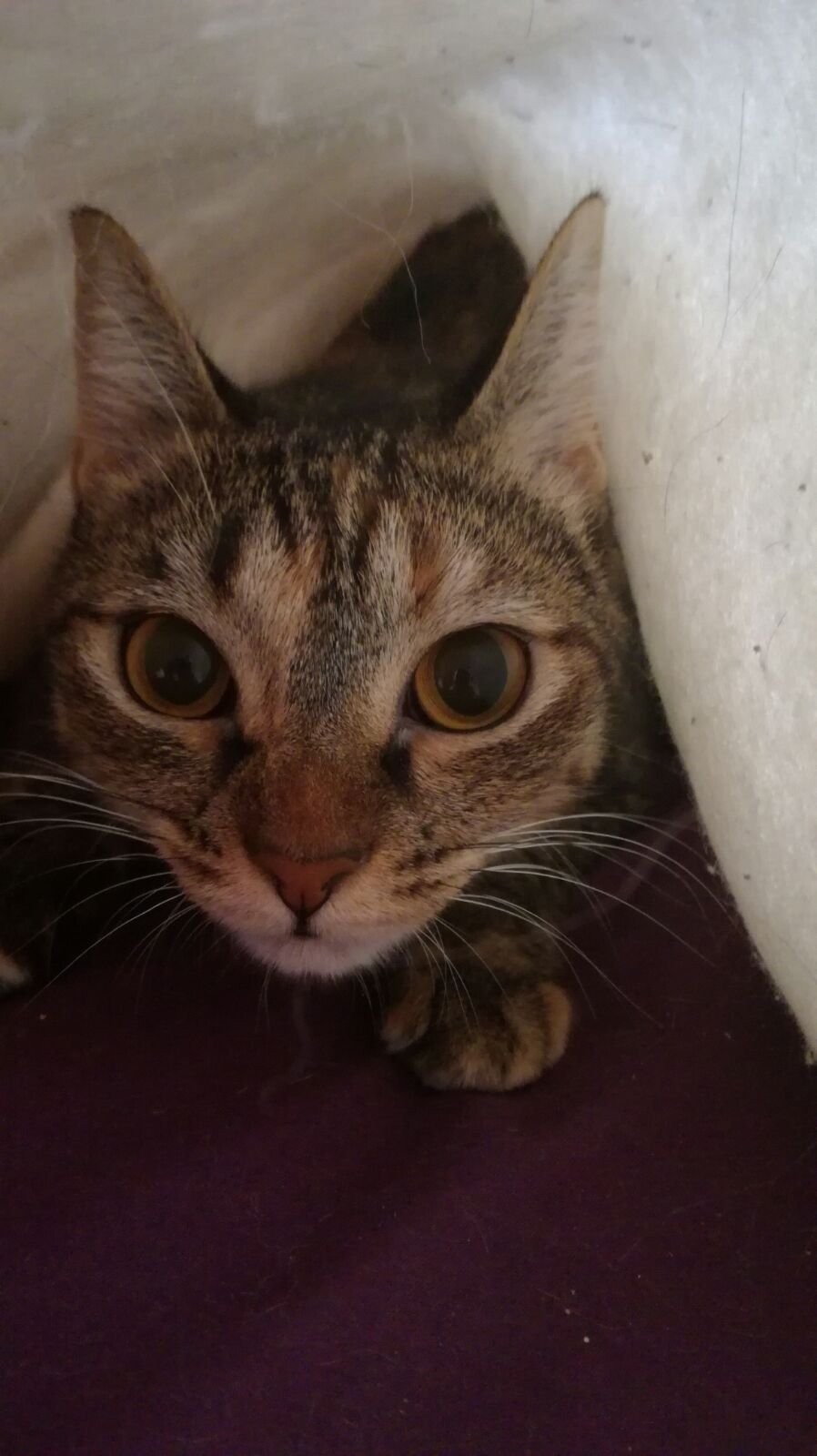
Cats have a knack for disappearing when they don’t want to be bothered. Whether it’s hiding under the bed when guests arrive or silently slipping out of reach when it’s bath time, they know how to avoid situations they dislike. Dogs, on the other hand, are often too eager or trusting, running up to anyone who walks through the door. Cats’ selective socializing means they’re rarely forced into interactions they don’t want, protecting their peace and comfort in daily life.
Staying Entertained Indoors

While dogs may get bored or restless if they can’t go outside, cats are experts at making the most of indoor living. They watch birds from the window, chase toys across the floor, and invent new games with whatever objects are around. Their curiosity turns ordinary household items into sources of endless fascination. This makes them a great fit for people who can’t always provide outdoor adventures. Cats’ ability to stay content indoors is a testament to their adaptability and imagination.
Dealing with Routine Changes
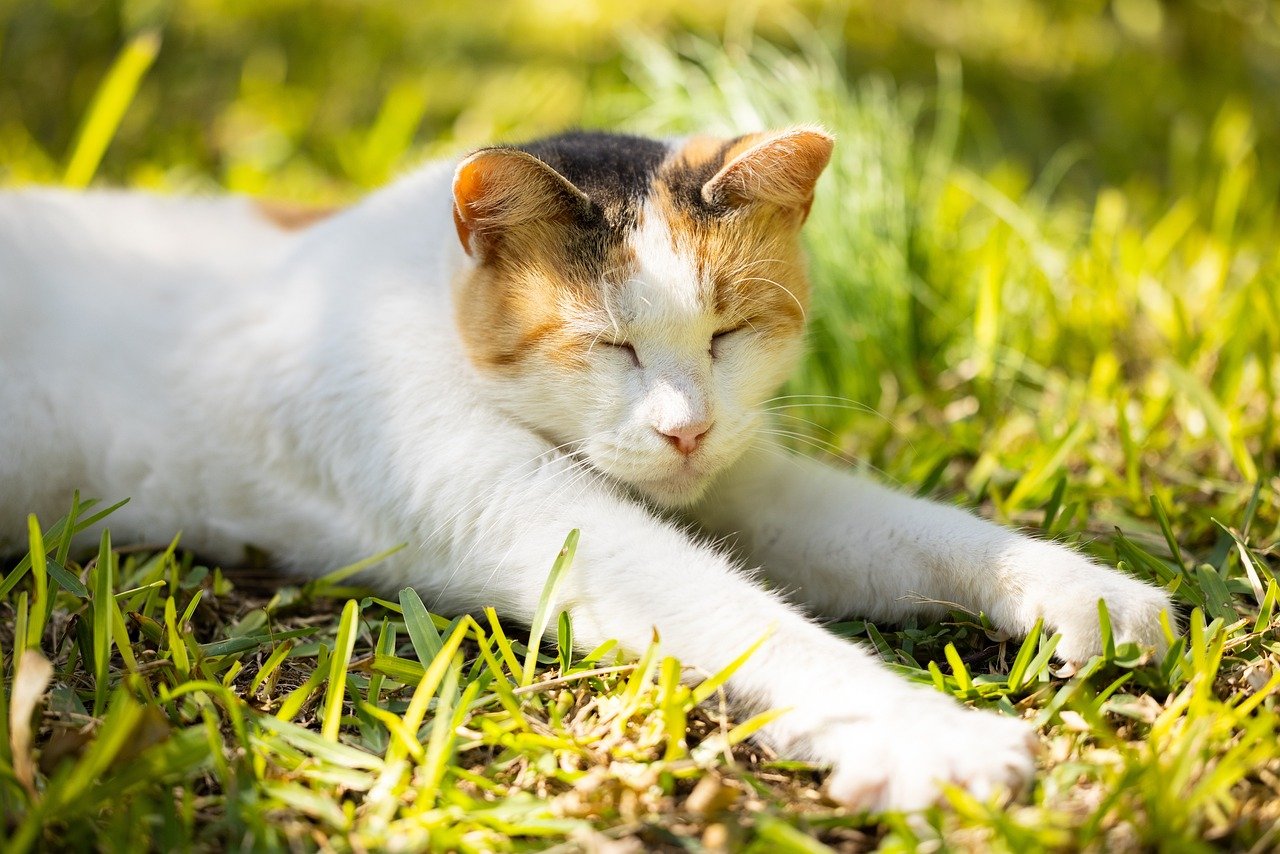
Cats are often more adaptable to changes in routine than dogs. While they love consistency, they tend to adjust quickly to new meal times, sleeping arrangements, or even moving to a new home. Dogs might show stress through barking or destructive behavior, but cats quietly assess the situation and figure out how to make themselves comfortable. Their calm approach to change helps them navigate life’s ups and downs with minimal fuss, making transitions smoother for everyone involved.
Managing Stressful Situations

When life gets stressful—whether it’s a trip to the vet or a noisy renovation—cats know how to find a safe place and wait things out. They withdraw to quiet corners, hide under blankets, or seek out their favorite person for comfort. Dogs often react more visibly, needing reassurance from their owners or acting out. Cats’ instinct to seek solitude during stressful times protects them from overwhelm and helps them recover quickly. Their self-soothing strategies are a reminder of their independent spirit.
Finding and Chasing Pests

It’s no secret that cats are natural hunters. Even the laziest housecat can spring into action at the sight of a bug or mouse. Their sharp eyesight, quick reflexes, and silent movements make them incredibly effective at pest control. Dogs might chase squirrels or bark at flies, but cats have a focused determination that gets results. Having a cat in the house is like having your own tiny exterminator, always on the lookout for anything that shouldn’t be there.
Handling Personal Boundaries

Cats are clear about their need for personal space. If they want attention, they’ll let you know—otherwise, they expect to be left alone. This respect for boundaries is something many people appreciate, especially those who value their own space. Dogs, with their constant enthusiasm, can sometimes overwhelm or crowd their owners. Cats’ understanding of boundaries creates a comfortable, respectful relationship that suits many lifestyles.
Expressing Affection in Subtle Ways

Cats may not shower you with sloppy kisses, but their affection runs deep. A gentle head-butt, a warm purr, or a quiet sit beside you on the couch are all signs of their love. These subtle gestures are easy to miss, but incredibly meaningful to those who know how to spot them. Dogs express affection loudly and openly, but cats’ quiet devotion feels like a special secret shared just between you. Their unique way of showing love is one more thing they handle with particular grace.
Retaining Their Mysterious Charm

Perhaps the greatest thing cats handle better than dogs in everyday life is simply being mysterious. There’s always something enigmatic about a cat—whether it’s the way they stare into space, the silent way they come and go, or the secrets they seem to keep hidden behind their eyes. This air of mystery keeps us guessing and draws us in, making every day with a cat feel like a new adventure. Their mysterious aura is part of what makes living with a cat so endlessly fascinating.
Hi, I’m Bola, a passionate writer and creative strategist with a knack for crafting compelling content that educates, inspires, and connects. Over the years, I’ve honed my skills across various writing fields, including content creation, copywriting, online course development, and video scriptwriting.
When I’m not at my desk, you’ll find me exploring new ideas, reading books, or brainstorming creative ways to solve challenges. I believe that words have the power to transform, and I’m here to help you leverage that power for success.
Thanks for stopping by, Keep coming to this website to checkout new articles form me. You’d always love it!


